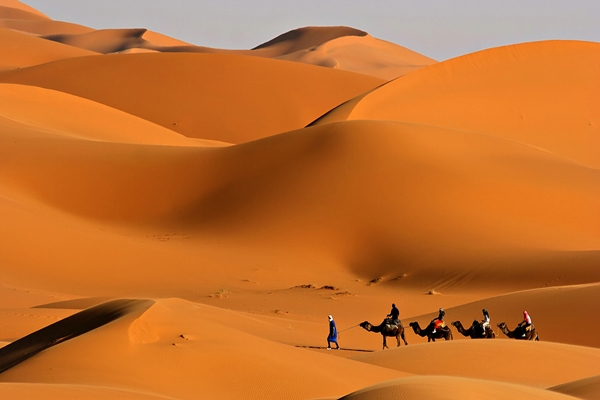
A desert is characterized as an area whose landscape receives a significantly small amount of rainfall throughout the year. This land is mostly barren, since the dry living conditions make animal and plant life therein hostile. Nonetheless, it is estimated that about one third of the land surface of the earth is either arid or semi-arid. Deserts are classified depending on the amount of rain that falls, the causes of desertification there, their prevailing temperature, and by their geographical location.
Let's take a look at top 10 largest deserts in the planet:
1. Antarctica Desert - 5,500,000 Square Miles
The Antarctic Desert covers a total area about 5.5 million square miles. It is considered the most extreme continent on earth, and is located about the South Pole. On average, it is the driest, windiest, and coldest continent on earth, while also having the highest average elevation compared to any of the other continents. The entirety of Antarctica is a desert with an annual precipitation of less than 200mm. The temperatures are generally very cold, and may drop as low as -89 degree Celsius in winter, and as high as around 15 degrees celsius in the summer at times in some coastal places.
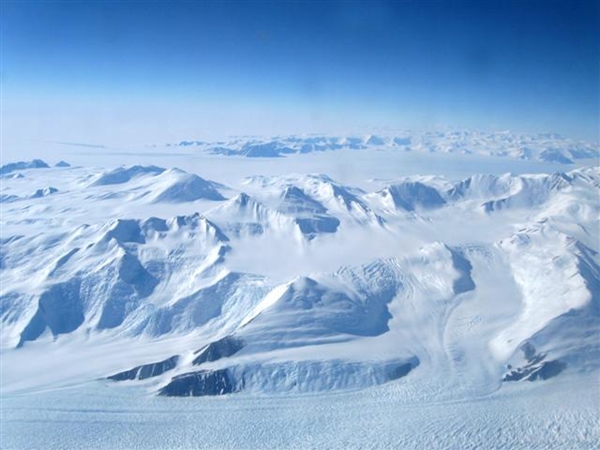
2. Arctic Desert - 5,400,000 Square Miles
This is the Polar region located on the North Pole (Northern Part of the Earth), arctic is the second largest Desert on the Earth covered Area of 13,726,937 square kilometers. Arctic receives temperature -40° C in the winter and around 15° C in the summer.
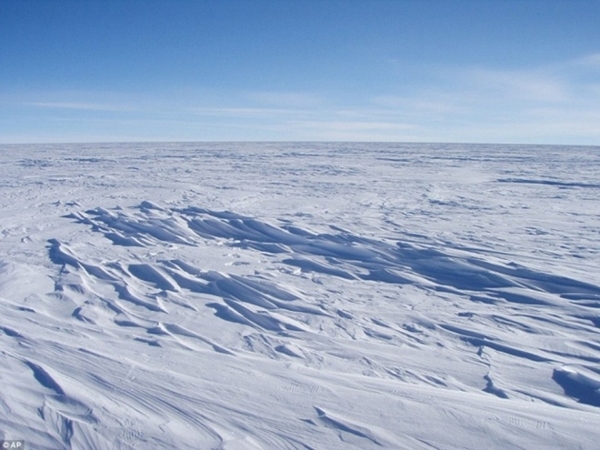
3. Sahara Desert - 3,500,000 Square Miles
This is the third largest desert overall, and the largest “hot desert” in the world. It occupies a surface area of about 3.5 million square miles. This desert comprises most of the land in North Africa, excluding the fertile regions of Maghreb, the Atlas Mountains and the coastal region adjacent to the Mediterranean Sea. Most of the desert is comprised of rocky Hamada, large land areas covered with sand dunes. The land surface is constantly being reshaped by winds and, far less frequently, the extremely low and rare rainfall. The major exception is the Nile, which is the chief river across the desert.
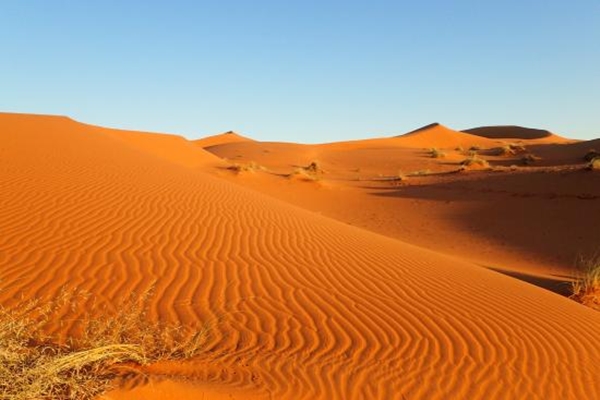
4. Arabian Desert - 900,000 Square Miles
Arabian Desert located in the West of Asia that stretches on gulf countries, Jordan and Iraq with area Covers 2,330,000 square km (length- 2,100 km and width-1,100 km). Arabian Desert almost near to Sahara Desert and the Climate is hot and warm air.
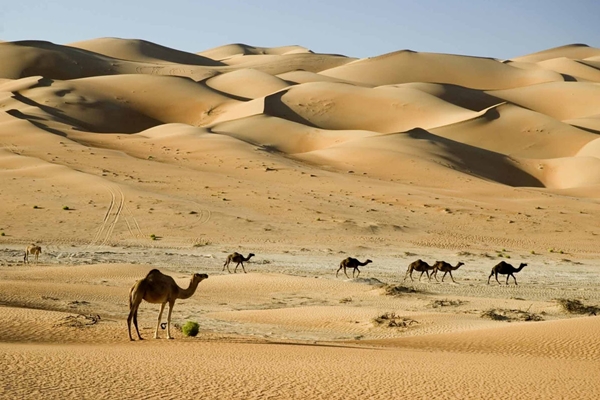
5. Gobi Desert - 500,000 Square Miles
Located in Asia, it covers parts of northwestern and northern China, and extends into the south of Mongolia. It occupies about 500,000 square miles of land surface. The Gobi is termed as a “rain shadow desert”, as it is in the lee-ward side of the Himalaya ranges which block the rain (“rain shadow”), keeping clouds from the Indian Ocean from reaching Gobi. Most of the Gobi’s surface is not sandy, but rather exposed, bare rock. It is a cold desert and snow occasionally will accumulate on its dunes.
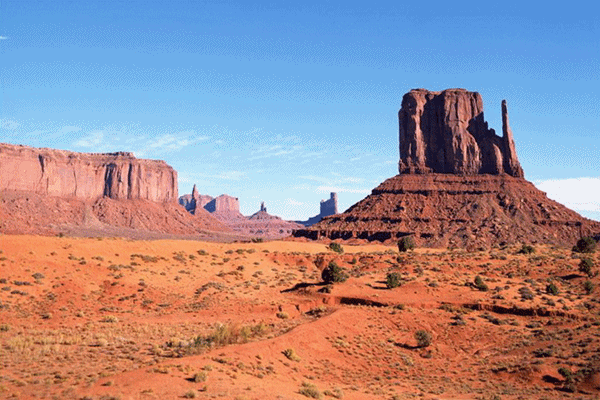
6. Kalahari Desert - 360,000 Square Miles
The Kalahari Desert is located Africa and covering most part of Botswana, some parts of Namibia and South Africa and stretches Area about 900,000 square km, the temperature in the summer ranges from 20° to 45° C and receives average 175 to 250 millimeters of rainfall in the year.
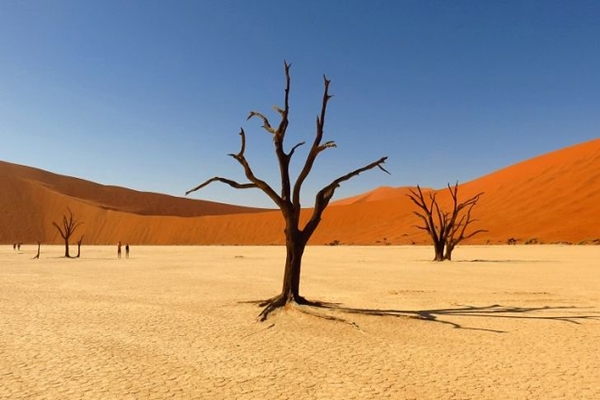
7. Great Victoria Desert - 220,000 Square Miles
The Great Victoria Desert, with its characteristic, numerous sand hills, is the largest desert in Australia, occupying about 220,000 square miles. It stretches from the Gawler Ranges of South Australia to the Eastern Goldfields region in Western Australia. Thunderstorms are very common in this desert, with an average of about 15-20 thunderstorms per year. During winter, temperatures in Great Victoria fall to around 20 degrees celsius, while during summer the temperature ranges from 32-40 degrees celsius. Rainfall is erratic form year to year and low overall, typically ranging from 200-250 mm per annum.
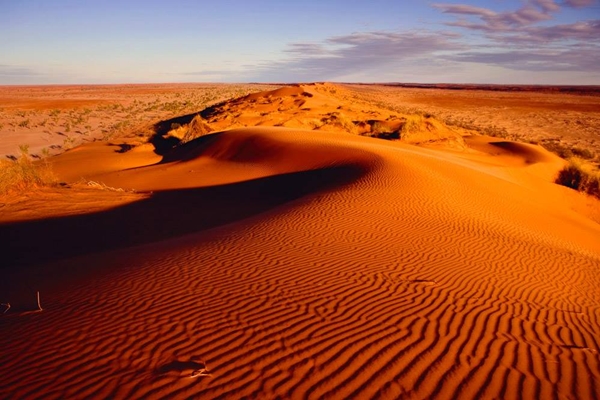
8. Patagonian Desert - 200,000 Square Miles
The Patagonian Desert is the largest desert in Americas, located in Southern part of South America and the Deserts stretches land in Argentina and Chile with the total area of 673,000 square km.
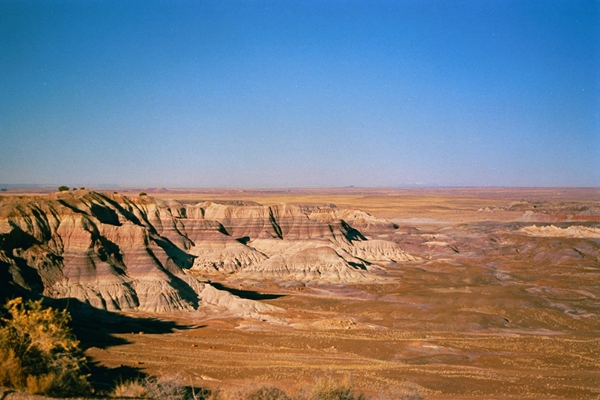
9. Syrian Desert - 200,000 Square Miles
This desert is a combination of a true desert and a steppe. It is located in the north of the Arabian Peninsula in the region of Syria. It occupies about 200,000 square miles of total landmass. The desert is flat, but very rocky. The landscape was formed by lava flows emanating from volcanic activities in the region of Jebel Druze in Syria. The Syrian Desert covers parts of Syria, Jordan, Iraq, and Saudi Arabia.
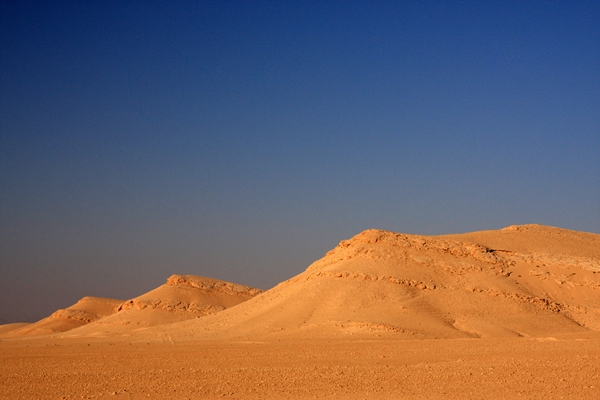
10. Great Basin Desert - 190,000 Square Miles
The Great Basin Desert is the largest Desert in USA and bordered some part on Escalante Desert in East and Mojave Desert in South, and covering area of 492,000 square Km.

